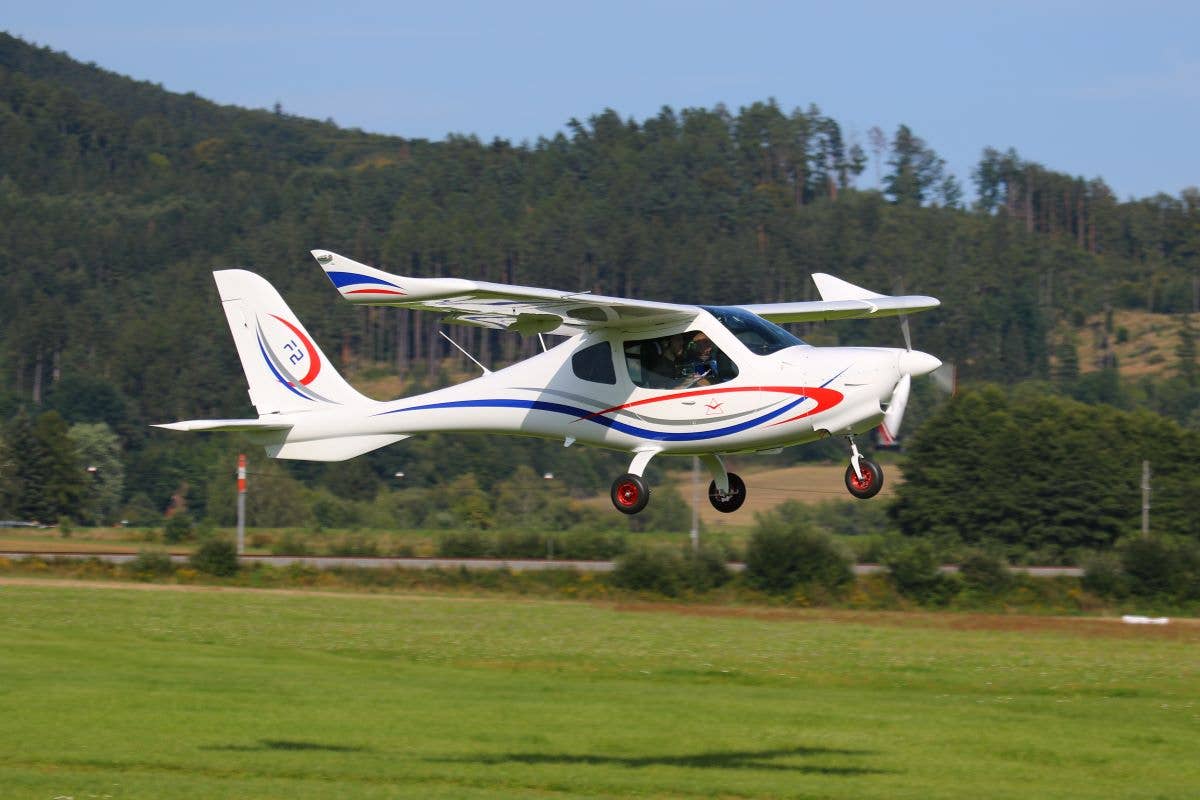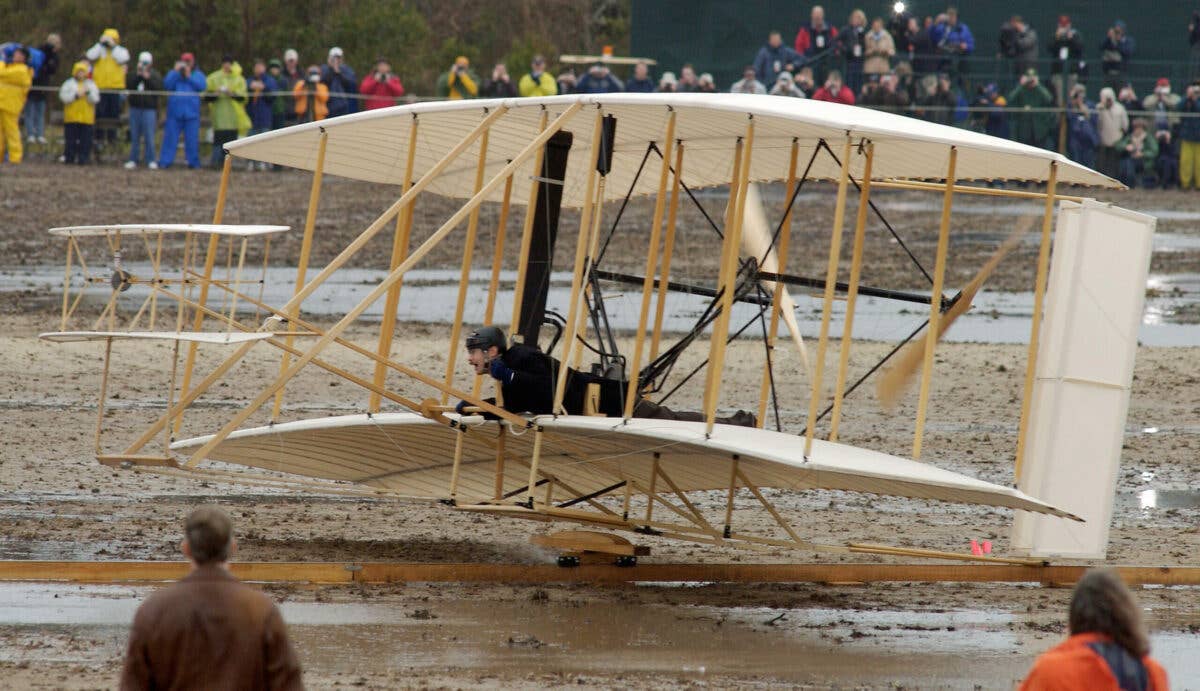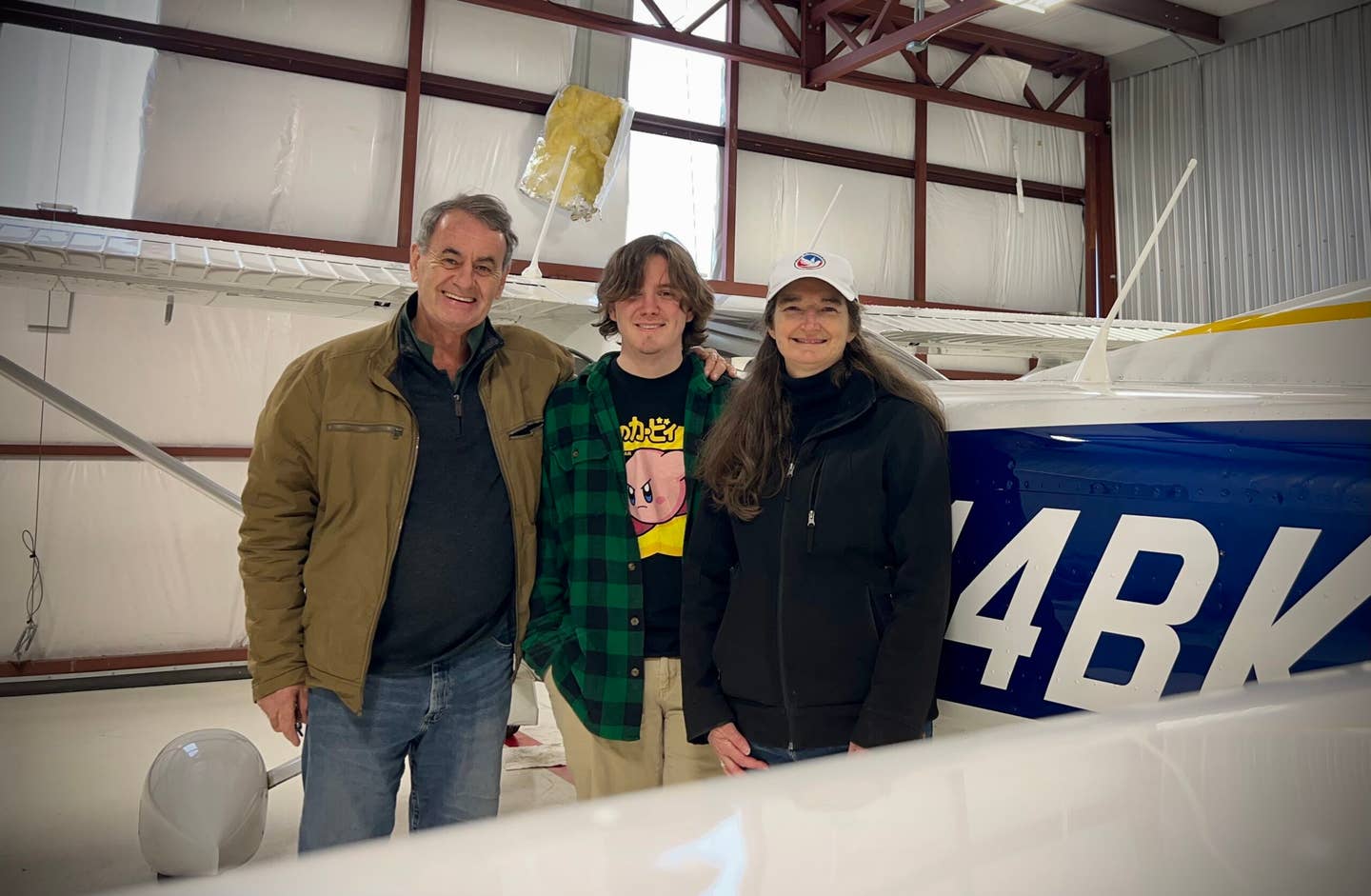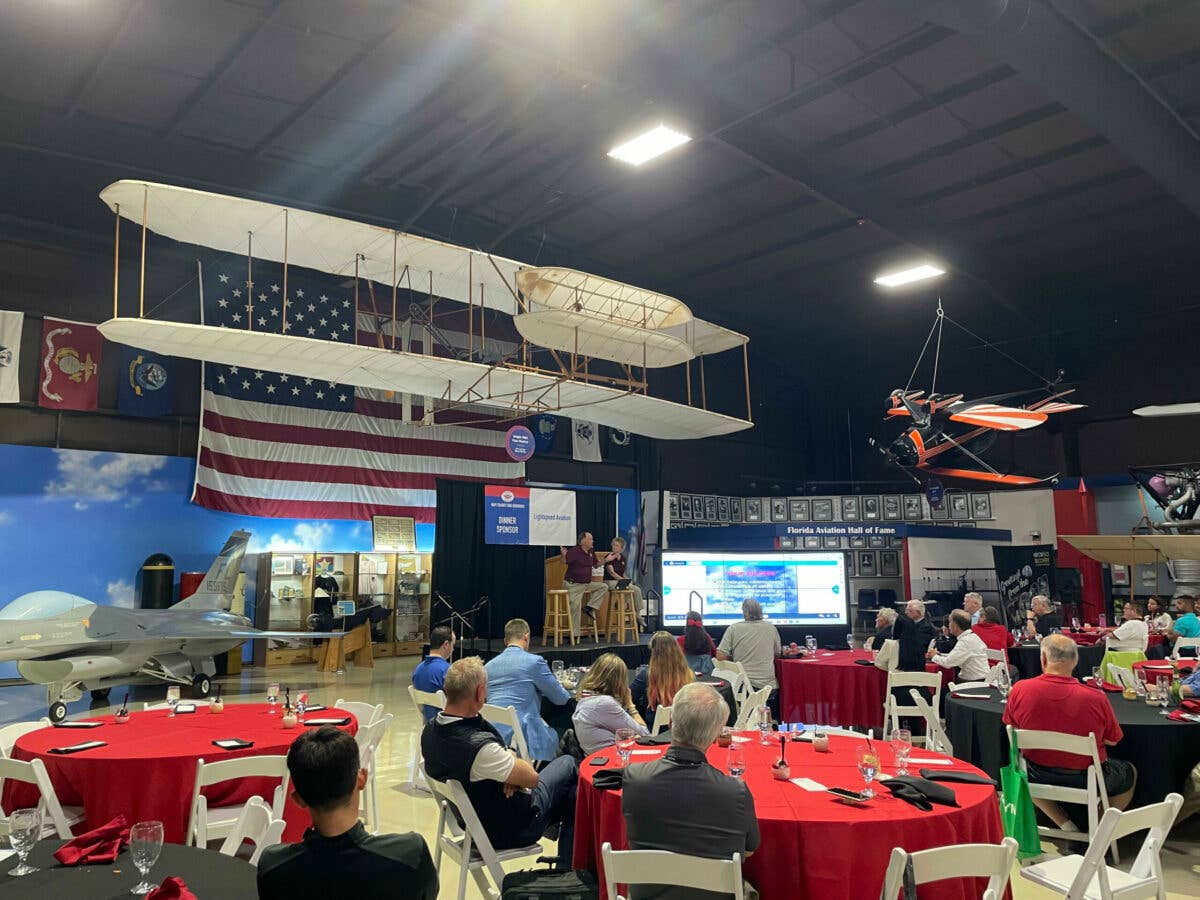A Sustainable Purchase for Textron
Textron eAviation leader Rob Scholl opens up about the OEM’s Pipistrel purchase, and I’m cautiously optimistic.

Pipistrel’s Panthera is currently flying in the U.S. under an experimental airworthiness certificate. [Courtesy: Pipistrel]
One of the biggest challenges any legacy brand must embrace is the charge to evolve—and often reinvent itself—in the face of advancing technology and its intersection with culture.
Both apply to the concept of sustainable aviation. Not only does an aerospace manufacturer need to incorporate new resources and innovations into its products, but it also must appeal to minds and hearts changing globally about the way we power our world—and our aircraft.
Textron may have raised an eyebrow this week with its announcement regarding the upcoming purchase of Pipistrel, but in the context of this challenge, the acquisition makes perfect sense.
Flying Into the Future
In March 2021, Textron debuted a new business unit, Textron eAviation, under the leadership of Rob Scholl, as senior vice president of the division.
“When I took the role a year ago, [Textron president and CEO] Scott Donnelly said ‘there is a lot of hype going on around’ electric aircraft,” said Scholl in an interview with FLYING. Donnelly challenged Scholl to “go find the one or two ways to make it work.”
The proposed course involved looking both inside and outside Textron—the conglomerate has been investing in many elements of sustainable aviation and urban air mobility, including tilt-rotor, battery, and advanced structural technologies. “It was my job to look at them and see which ones filled in the pieces to the equation,” Scholl said.
Pipistrel Rose to the Top
When I flew the Pipistrel Panthera last spring to capture photos for our report on the high-performance, single-engine retract, I was impressed with its clear advances in aerodynamics and overall flight control harmony. The Panthera is currently flying in the U.S. under an experimental airworthiness certificate while Pipistrel pursues FAA certification. The Slovenia-based company has also tested alternate powerplants in the model, including a hybrid-electric version that combines electric motors with a combustion engine.
So it’s not a surprise that Scholl echoed Pipistrel’s capabilities in his assessment.
“Over the course of the last several months, as I looked at Pipistrel more, I kept continually being impressed by their knowledge and expertise—and as I got to know them better, their culture too.”
In particular, he felt the match with Textron Aviation’s culture made a good fit.
When we asked how he envisioned folding the company into Textron’s business overall, he saw it as a valuable addition.
“Pipistrel has great products, technology—but all of that is a factor of the great employees,” said Scholl, candidly. “Their research, engineers—I don’t know that Textron would come up with those same ideas.”
Infrastructure Gains on Both Sides
Scholl indicated that Textron would see immediate gains in production capability, primarily in Pipistrel’s facilities in Italy, where they conduct most manufacturing. “We are going to invest in that…frankly we need more engineering resources here to continue to grow.”
While Textron eAviation will continue to be based in Wichita, Kansas, Scholl doesn’t want to disturb the think tank in Slovenia, and the innovations led by founder and CEO Ivo Boscarol, who will remain in a leadership position.
“Over the course of the last several months, as I looked at Pipistrel more, I kept continually being impressed by their knowledge and expertise—and as I got to know them better, their culture too.”
Rob Scholl, senior vice president, Textron eAviation
“Something I’m very excited about—is in the eVTOL development,” which Scholl characterizes as “probably going to take longer than people are saying,” but still remains within reach as technology advances.
There are real challenges around that in the regulation space—and big challenges around the infrastructure, and the operating economics of eVTOLs that need to be worked through beyond the walls of a single OEM.
What Textron brings to the merger table revolves around three pillars: certification, sales distribution, and its parts and service network, according to Scholl.
“If you look at certification experience—no one has certified more aircraft in the last ten years than Textron Aviation and Bell,” said Scholl. While he would give no specifics on the FAA certification status of the Velis Electro or Panthera, he indicated that Textron’s expertise on the U.S. side of the pond would complement Pipistrel’s experience with certification under the European Union Aviation Safety Agency (EASA).
Scholl foresees no immediate changes in distribution—he said there are “opportunities to enhance that,” and partner on sales and marketing. “Textron’s service network is leading in the industry,” he said. With 2,500 aircraft out there, Pipistrel—and their customers—could see gains when Textron incorporates Pipistrel into its parts and distribution channels.
A Training Legacy
When asked about the current limitations of the Velis Electro as a training aircraft, he acknowledged those along with a desire to make it even more capable in fulfilling a complete private pilot certification course.
“The cross-country mission—that’s a key goal for us to continue to advance the Velis,” said Scholl. “But it’s not that it doesn’t have its use in the training mix.
“There are key technologies in Velis, and the hybrid Panthera is just another step further on the tech ladder—the infrastructure already exists for that aircraft,” so it makes sense for Textron to push forward on certification for the model. In his mind, there is a smooth flow from the Velis and Panthera to the eVTOL concept.
Scholl also looks to Pipistrel’s development of the Nuuva 300 to complement Textron Aviation’s reach into cargo, utility, and special missions aircraft. Pipistrel has significant experience in the uncrewed aircraft space that Textron can leverage.
But in the meantime, the low-hanging fruit lies in another passion of Ivo’s—the fact that a lot of Pipistrel’s models already run on mogas—forming an important step in the overall trek towards sustainability and use of unleaded and alternative fuels.
The Long View
In my estimation, the move makes sense when put into the context of two key elements: certification and innovation.
First, Textron is looking at sustainable aviation as a long-term goal, rather than a short-term marketing strategy or shiny object to attract investment. They know the road to certification—particularly of a new aircraft type—can take from 3 to 5 times longer than initial projections make, and the actual costs rise in a similar fashion.
Its legacy companies—Cessna and Beechcraft—have both made the transition into new aircraft types, with corresponding success and failure. Witness the Cessna Citation series—and the Beechcraft Starship. Or the Beechcraft King Air—and the Cessna Skycatcher.
In my view, Textron is not as likely to pepper the media with news of every small step along the way, setting untenable expectations and setting themselves up for failure. By acquiring a known quantity like Pipistrel, with its own solid track record, they have found a team also steeped in this deliberate approach.
Second, as a company grows larger, the ability to innovate “outside the lines” fights the pull of corporate inertia. Fresh takes come from mixing it up with new resources, and inquisitive minds. While there’s a risk to the larger company overtaking the one they incorporate, if the leadership—and those working on the front lines—can guard against it, the magic of the marriage can come to fruition.
Editor’s note: The author worked for the Cessna Aircraft Company from 2008 to 2012.

Sign-up for newsletters & special offers!
Get the latest FLYING stories & special offers delivered directly to your inbox






